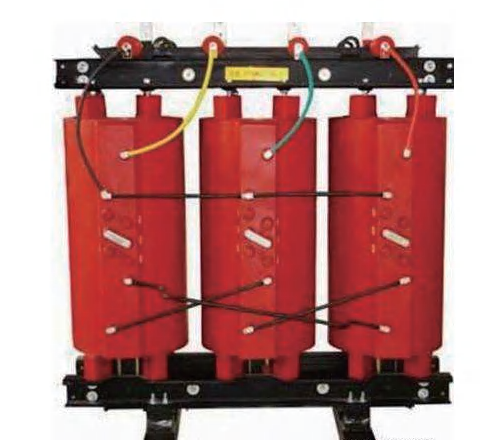
This type of transformer uses a Z-type connection (also known as a zigzag connection). The difference from ordinary transformers is that each phase winding is divided into two groups that are wound in opposite directions on the magnetic column of that phase. The advantage of this connection is that the zero-sequence magnetic flux can flow along the magnetic column, while the zero-sequence magnetic flux in ordinary transformers flows along the leakage magnetic circuit. As a result, the zero-sequence impedance of the Z-type grounding transformer is very low (around 10Ω), while it is significantly higher in ordinary transformers.
This type of transformer uses a Z-type connection (also known as a zigzag connection). The difference from ordinary transformers is that each phase winding is divided into two groups that are wound in opposite directions on the magnetic column of that phase. The advantage of this connection is that the zero-sequence magnetic flux can flow along the magnetic column, while the zero-sequence magnetic flux in ordinary transformers flows along the leakage magnetic circuit. As a result, the zero-sequence impedance of the Z-type grounding transformer is very low (around 10Ω), while it is significantly higher in ordinary transformers. According to regulations, when an ordinary transformer is used to connect an arc suppression coil, its capacity must not exceed 20% of the transformer capacity. In contrast, a Z-type transformer can support 90% to 100% of the capacity of the arc suppression coil. Besides supporting the arc suppression coil, the grounding transformer can also carry secondary loads, serving as a substitute for station transformers, thus saving investment costs.
